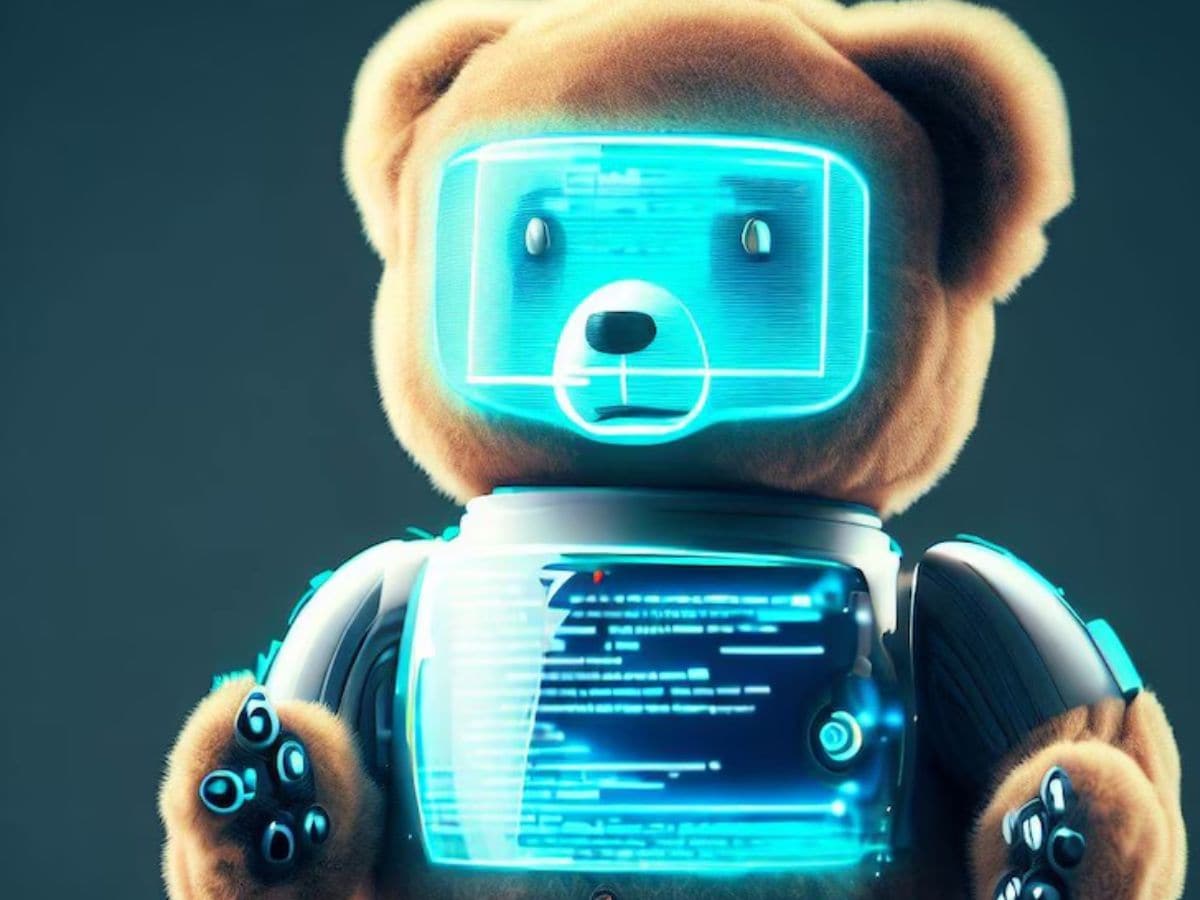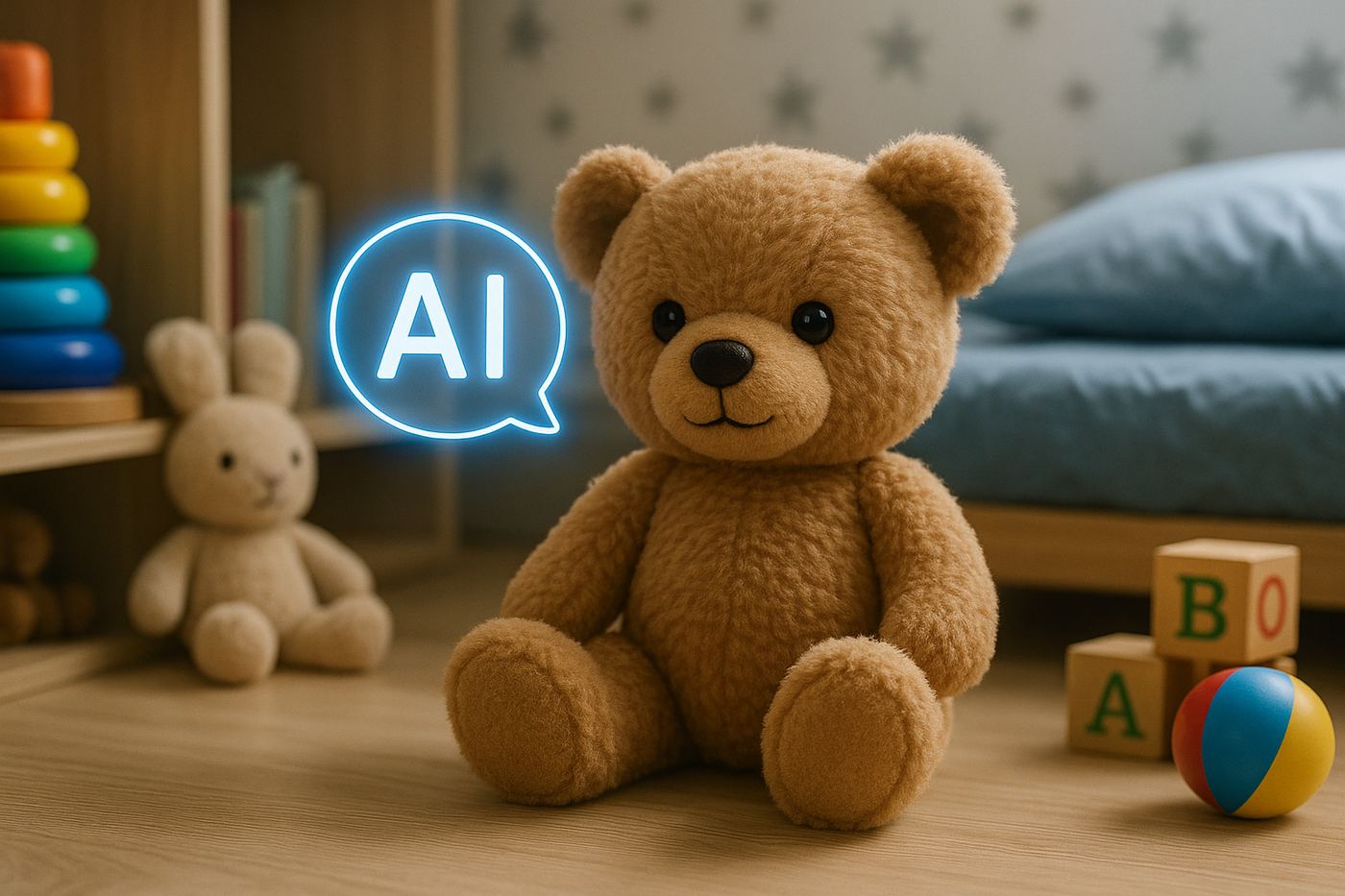The latest wave of children’s tech is not coming from tablets or gaming consoles but from stuffed animals that can talk back. Startups like Curio are introducing plushies embedded with artificial intelligence, designed to engage children in conversations, answer questions, and even play games. At first glance, these toys seem like the perfect solution for parents who worry about excessive screen time. Instead of staring at a phone, kids can hug a soft toy that chats with them.

One of Curio’s creations, a plush named Grem, has already sparked strong reactions. During a demonstration, the toy attempted to bond with journalist Amanda Hess, who later shared that the experience left her uneasy. Rather than feeling like an upgrade to a teddy bear, Grem felt more like a stand-in for a parent. Hess explained that the toy gave her the sense it was not just keeping kids entertained but also subtly teaching them that curiosity begins and ends within a machine.
This raises an important debate. On one hand, these AI companions are marketed as safe, engaging alternatives to screens, offering children playful interaction without the addictive pull of apps and endless scrolling. On the other hand, they might blur the line between human connection and artificial companionship. For many parents, this is more than just a gadget it touches the heart of how children learn empathy, communication, and imagination.
Interestingly, when Hess finally allowed her children to play with Grem, she removed its voice box first. The result was telling: the kids still enjoyed playing with the toy, inventing their own stories and games before eventually moving on to watch television. This shows that while AI can add novelty, children still find joy in the simple and timeless way of playing with toys without digital assistance.

The rise of AI-powered plushies highlights both the innovation and the dilemma in parenting today. They show how far artificial intelligence has come, bringing companionship into even the softest corners of childhood. Yet they also raise questions about whether technology should fill the role of human interaction or merely support it.
As these toys begin appearing in more households, the question remains: are they companions, or replacements? The answer may depend not on the technology itself but on how families choose to use it.
For more insights into the latest tech trends and the future of AI in everyday life, follow Tech Moves on Instagram and Facebook.














